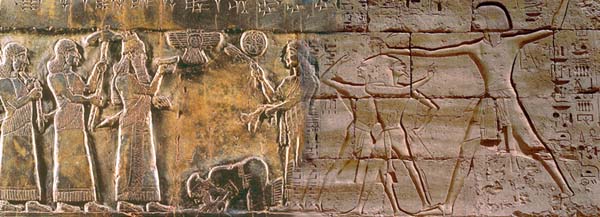How We Know When Solomon Ruled
Synchronisms with Egyptian and Assyrian rulers hold the key to dates of Israelite kings

Ever wonder how scholars date the reigns of the Israelite kings but were too embarrassed to ask? If so, this is the article for you.
The short answer is that scholars use a variety of approaches and data from numerous sources to deduce regnal years. Take, for example, the reign of King Solomon, to cite one of ancient Israel’s most illustrious rulers. We could search for an ancient inscription that gives the year when Solomon became king or the year of his death, but we would almost certainly come up empty-handed—inscriptions from tenth-century B.C. Israel are simply too rare.
Does that mean we have no hope of knowing when Solomon ruled? No—but we need to look a bit further afield. The Bible records that after Solomon’s death, the kingdom split in two: Solomon’s son Rehoboam ruled the southern kingdom of Judah and Jeroboam I ruled the northern kingdom of Israel. If we could establish the date of the split, we would know the year of Solomon’s death; we could then add 40 years to that date (the length of Solomon’s reign according to the Bible [1 Kings 11:42]) and arrive at the year he began to rule.
Already a library member? Log in here.
Institution user? Log in with your IP address.

